Buying a Pedigree Kitten?
The reasons for buying a pedigree kitten vary from fancy to fashion, from wanting a pet or a companion, to wanting to breed and show. To choose a pedigree kitten to fulfil any of these needs, rather than a moggy, all have the same underlying motivation. You know what you are getting – after all, this is what pedigree breeding is all about – selecting a small pool of the available domestic cat genes, and subjecting them to intensive selection to ensure that all members of the breed look the same, and behave in the same way.
While many a moggy is just as delightful, as full of individual character and just as good looking as any pedigreed cat, it is the luck of the draw choosing a kitten. You may well acquire one, which though delightful as a kitten, really lives its own life as an adult, and “pays rent” by tolerating a pat when it comes for a meal…… to be sure of what to expect, buy a pedigree kitten.
While different factors come into play in choosing for pet, breeding and/or showing, there are some fundamental considerations in buying any pedigree kitten.

Which pedigree breed?
Choosing a breed involves the use of library books, visits to shows, and “Select-a-Cat” Of course, you may have a family history of a certain breed, or a friend with a lovely sample which determines your choice from the outset, though it is still worth asking whether this breed will fit into your home. If you are starting from scratch you should look at your own lifestyle and environment. Is there a lot of space, is there a large garden, is the house full of precious furnishings, are there young children, a dog, birds or fish? All these will influence your choice of temperament, even before you choose on appearance.
Consider your budget – some pedigree breeds are very expensive, all are moderately so, but remember that the outlay is far outweighed by the upkeep. It is most likely that there will be more than one breed which will fulfil your requirements, and that they will differ in price.
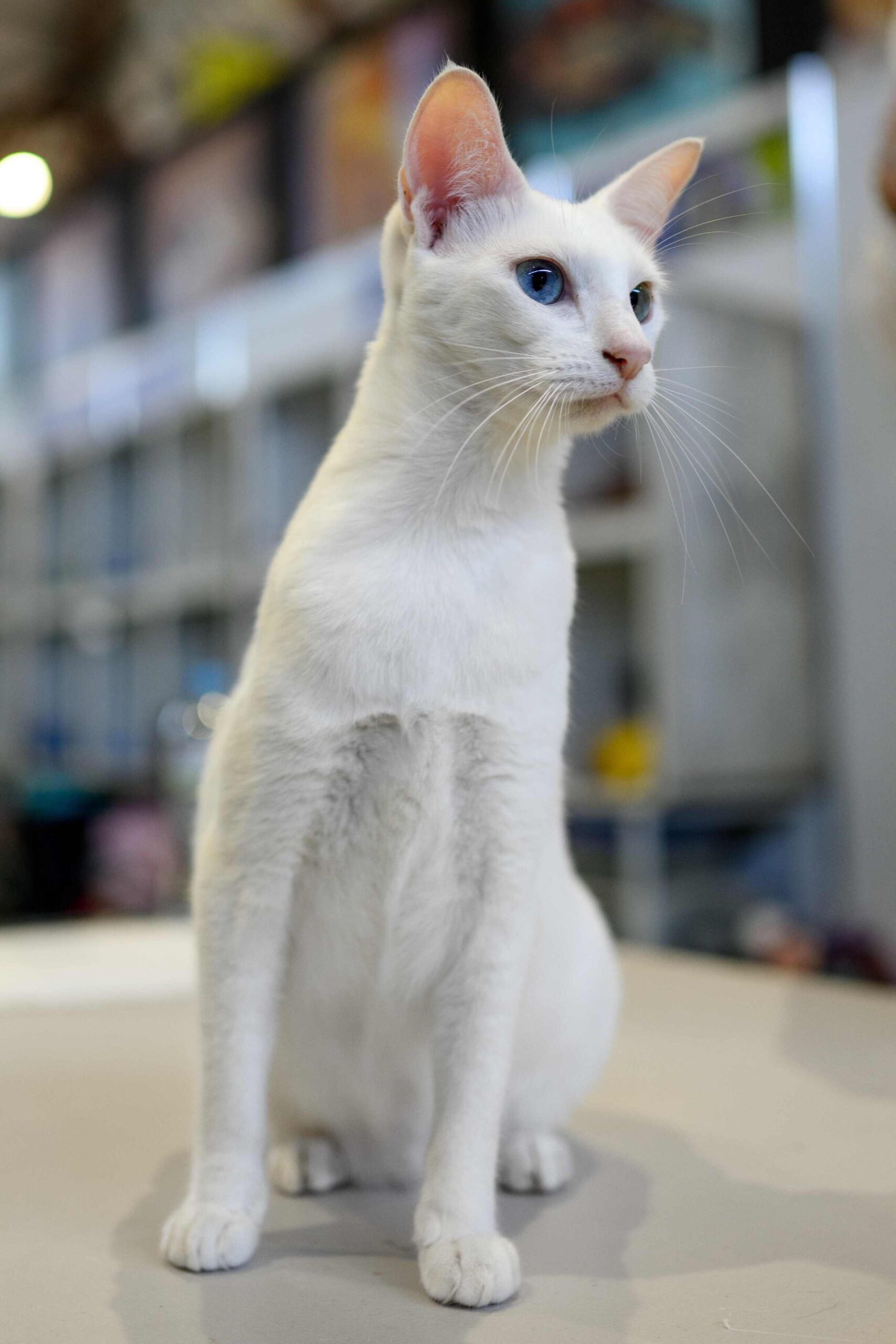
Environment & Health
The first consideration in buying any kitten, is the environment from which it comes. The cattery must be clean, and kittens and cats should all be in good health.
A quick check of eyes, nose, ears and coat should be made discreetly while you give your new baby a welcoming cuddle. What you are checking for are any nasal or ocular discharge which might indicate the kitten has/is coming down with an upper respiratory infection, conjunctivitis, or even one of the more serious cat flu viruses. Ears should be clean or just normally slightly waxy. The coat should be clean, and there certainly shouldn’t be fleas scurrying all over the place.
The general condition of the kitten should be sleek-coated with a bit of a shine, the backbone and ribs should be smoothly covered with flesh, and the tummy nicely plump. A long-haired kitten should have a clean, soft fluffy baby coat, with no bald patches, or knots.
With the best will in the world, even the most careful breeders occasionally sell a kitten which comes down with something – it may only happen to yours too, as the ones still at home have not been stressed by a change to a new environment. The breeder who takes your phone number, and makes sure that you know that you can ring in case of any problems – and return the kitten if necessary – can be considered a good person from whom to buy.

Temperament of the kitten.
Second consideration is the socialization of the kittens. This hinges on how they have been reared, have they had lots of handling, are they people-oriented. If they are friendly and not timid with strangers, you probably have no worries; however, some breeds are shyer and need a bit of patient and quiet cajoling to show themselves – here you as a buyer have a responsibility. DON’T take a mob of noisy children with you – just because a kitten is hesitant at first doesn’t mean that it won’t make a good family pet.

The Cost
The third consideration is of course cost – but you have already decided on your price range… this is to remind you to work out exactly what you are getting for your money. Included in the purchase price should always be the kitten, with at least one vaccination (and a vet signed certificate of proof), a copy of the pedigree and an information sheet outlining its habitual diet, and hints on litter, worming etc. You should have bought from a leukaemia free (tested or vaccinated) cattery.
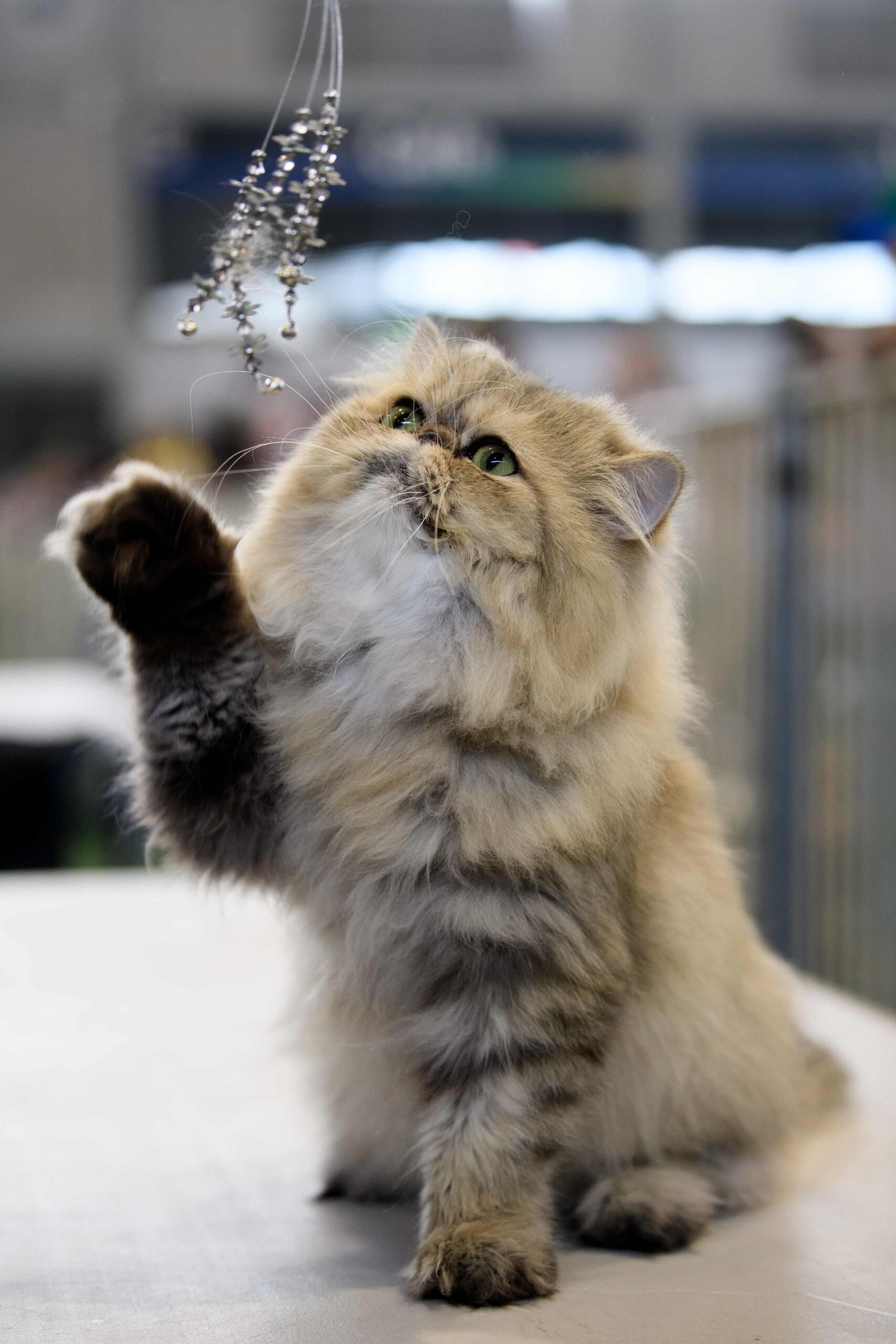
Kittens for Showing and Breeding
Whether you are buying for showing or for breeding, you need a very thorough understanding of the Show Standard of your chosen breed. Needless to say you should be buying the best kitten in the litter, or if the breeder is keeping the best, the second best. It is most desirable to buy a kitten which is moderately good overall, with no serious faults, and perhaps one or two really good features. The kitten must look like a good breed specimen, with balance, head, body, eyes, coat and colour well within the breed specifications laid down for the breed.
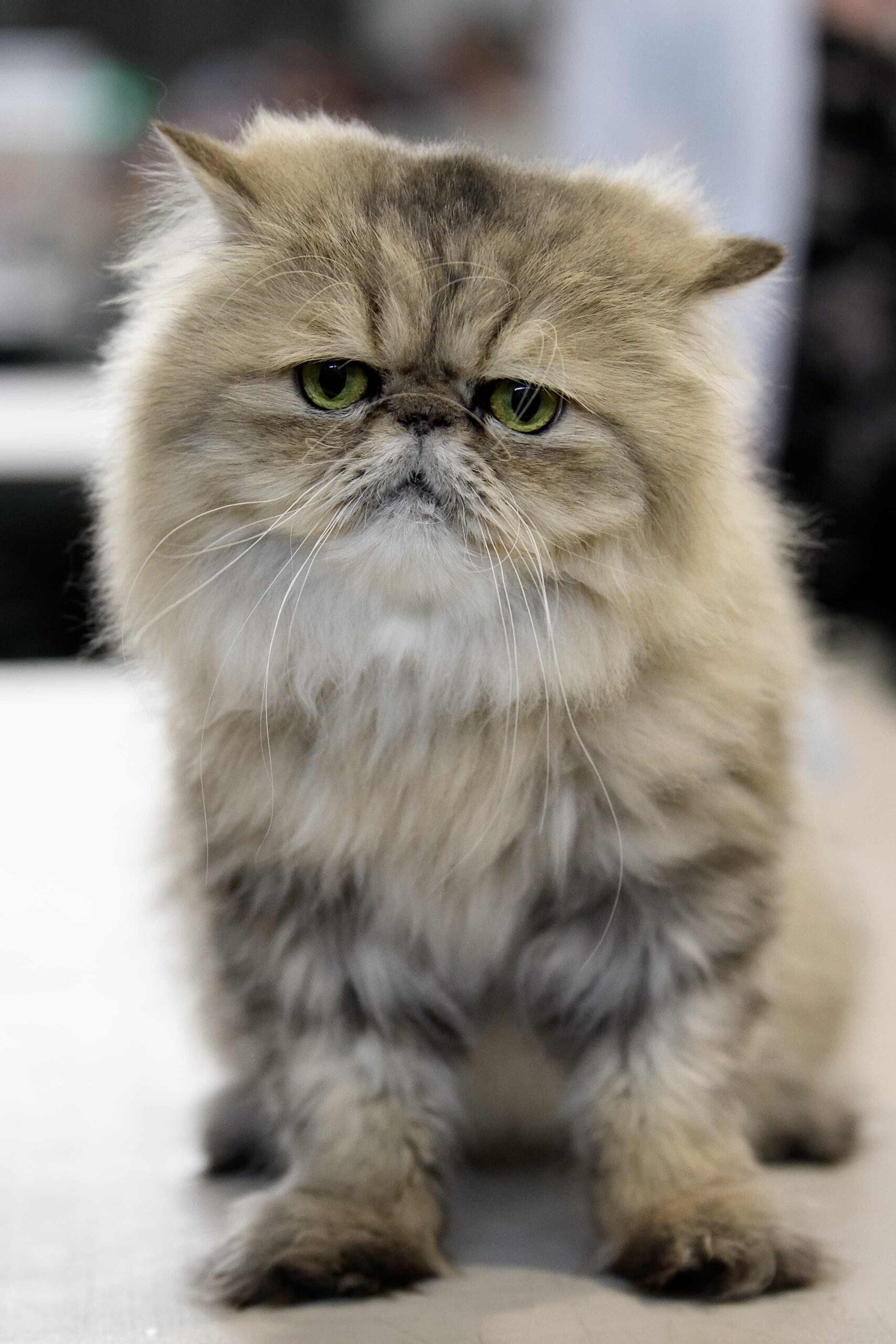
Checklist for Buyers
- BEFORE YOU BUY: Consider for some time exactly what you want in your kitten, read, visit shows, and settle on an appropriate breed. If you intend to breed, apply to the NSW CFA for application forms, and a breed standard.
- TAKE WITH YOU: An enclosed cat carry basket (plastic, or plastic & wire construction will last for years), Your money! and sharp observant eyes.
- EXPECT FROM THE VENDOR: A healthy, clean, self-composed kitten. Fully weaned, and old enough to leave home (the NSW CFA has an age suggestion of 10 weeks).
- A vaccination certificate signed by a Vet proving that the kitten has received at least one 3 in 1 (flu & enteritis) vaccination.
- Microchip registration papers, since all kittens sold in NSW must be chipped before leaving home.
- A Kitten Care Guide Chart, indicating what the kitten eats, when it was last wormed, grooming information, what further vaccinations are due, information on desexing etc, and the breeder’s name and phone number.



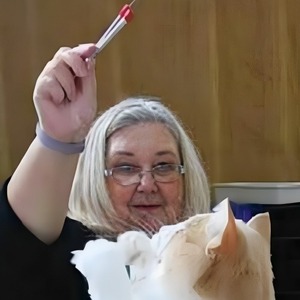

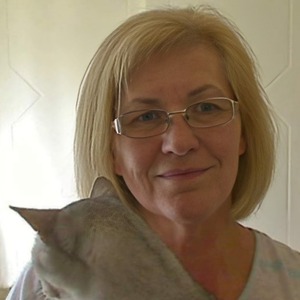


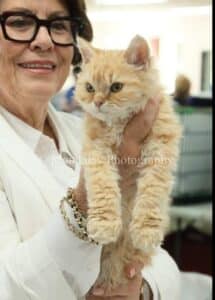





 Two days after arriving in Australia in 1969 I purchased a Blue Point Siamese (having shown and bred them in the U.K) I had considerable success in showing and breeding under my prefix of Littlebrook. Later I was given a beautiful Cornish Rex which had considerable success on the show bench and became a Double Grand Champion. Although I am no longer showing or breeding, I enjoy my stewarding and judging assignments. My husband John and I now live in Tumut in the Snowy Mountains, where I hope to maybe breed cats again.
Two days after arriving in Australia in 1969 I purchased a Blue Point Siamese (having shown and bred them in the U.K) I had considerable success in showing and breeding under my prefix of Littlebrook. Later I was given a beautiful Cornish Rex which had considerable success on the show bench and became a Double Grand Champion. Although I am no longer showing or breeding, I enjoy my stewarding and judging assignments. My husband John and I now live in Tumut in the Snowy Mountains, where I hope to maybe breed cats again. I have been involved in the Cat Fancy since 1984 with my wife, Julie, when we began showing a seal tortie point Siamese, Gd Ch Moovalong Tegan. We have also successfully showed Abyssinians since 1984, branching out into Somalis when we began to show our tawny neuter, Gl Db Gd Ch & CCCA Ch Glordawn Wala (Wally) in 1987. We now show Balinese as well as our lovely Abyssinians and Somalis. Together we also show several companion cats, all of whom have had successful show careers in their own rights.
I have been involved in the Cat Fancy since 1984 with my wife, Julie, when we began showing a seal tortie point Siamese, Gd Ch Moovalong Tegan. We have also successfully showed Abyssinians since 1984, branching out into Somalis when we began to show our tawny neuter, Gl Db Gd Ch & CCCA Ch Glordawn Wala (Wally) in 1987. We now show Balinese as well as our lovely Abyssinians and Somalis. Together we also show several companion cats, all of whom have had successful show careers in their own rights.





